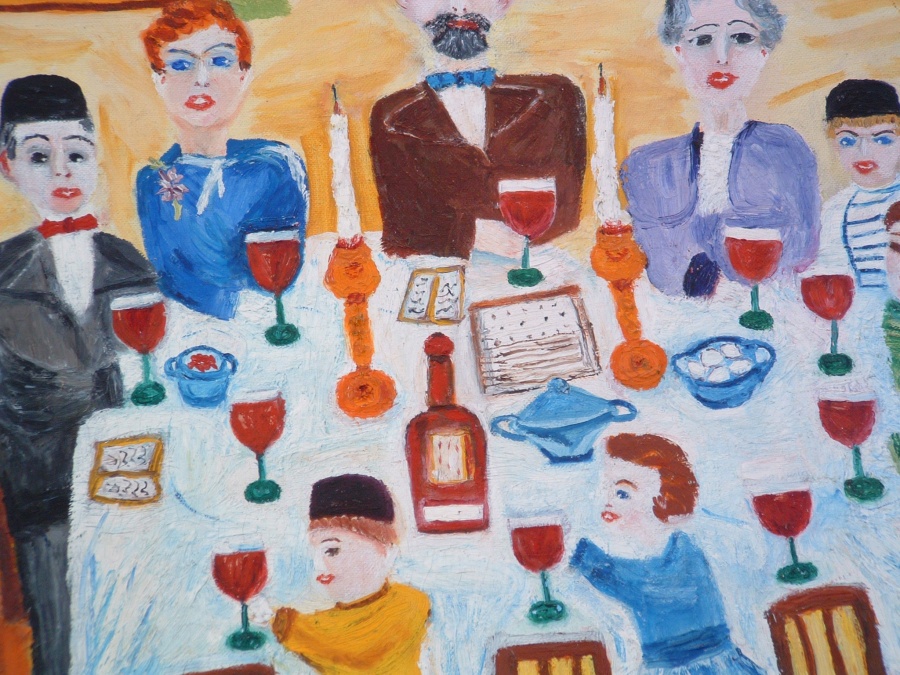Dvar Torah for Pesach
Based on Likutey Halakhot, Pesach 2
What is matzah? It’s a simple type of bread made from flour and water and nothing else. It’s so simple that it does even rise, meaning, it doesn’t become leavened. It’s a bread that we Jews are commanded to eat at the Seder. As with all mitzvahs, prior to doing it we have to focus ourselves enough and think, “I’m going to do this because God commanded me to do it.” Without that, eating matzah is just part of dinner.
But God wants us to learn something and experience something from each mitzvah we do. That’s why we study Torah from seforim (“the holy books”) and ask people who learn those seforim from people who learned and experienced what’s written in the seforim (tzaddikim), to teach us what and how to learn and experience God’s Torah ourselves. Let’s peek into what Reb Noson writes about matzah in light of what Rebbe Nachman teaches about simcha (joy, cheer, happiness).
A few preliminaries—you have to know that the root of the Hebrew word for Egypt, Mitzrayim, is related to the concept of narrowness, confinement and boundaries. You also have to know that simcha is the World of Freedom (Likutey Moharan II, Lesson #10).
What is matzah? Early on in the Seder, even before The Four Questions, we raise up a matzah from the Seder plate and declare that it is the bread of affliction that our ancestors (we!) ate in Egypt. Matzah, therefore, is a symbol of slavery, and all its narrowness, for example, hunger and lack of dignity.
A while later (short or long, depends upon how quick the participants of your Seder are!), before we fulfill the mitzvah of eating matzah, we point at the matzah on the Seder plate and read from the Haggadah: Why do we eat this matzah? Because before the dough could rise to be baked into regular bread, the King of Kings, the Holy One, Blessed be He, was revealed to our ancestors and He redeemed them! So matzah is a symbol of freedom.
But we already said it was a symbol of slavery. Is it both simultaneously, or back and forth? Has it changed by our reading (experiencing!) the story? Or have we changed thereby? The answer is yes. As slaves, we were time-bound and weren’t free to wait for something better to eat. We were also mind-bound and thought that freedom was defined by having something good to eat. When we experienced a revelation of God, we were mind-unbound: there’s more to freedom than a loaf of fresh bread!
The mitzvah and experience of eating matzah is meant to teach us that it’s not the matzah itself that determines the quality, the how, we experience it. It’s the amount of freedom in our minds, the level of our simcha that informs our thinking and attitudes, that determines what matzah—and everything in our life—symbolizes and means.
The Pharaoh who rules us, the Mitzrayim that confines us, can be an emotion, an idea or an experience. But as well read and tell the story of our liberation, of how the events of our life are God-guided and moving us toward freedom—when the King of Kings is revealed to us!—the emotion, idea and experience all become symbols of freedom and the focus of our celebration. Amen.
agutn Shabbos!
Shabbat Shalom!
© Copyright 2011 Breslov Research Institute
This is only one of the many matzah-lessons that one can choose as a focus. Rebbe Nachman teaches others, and so do many of the great tzaddikim of past and present.

